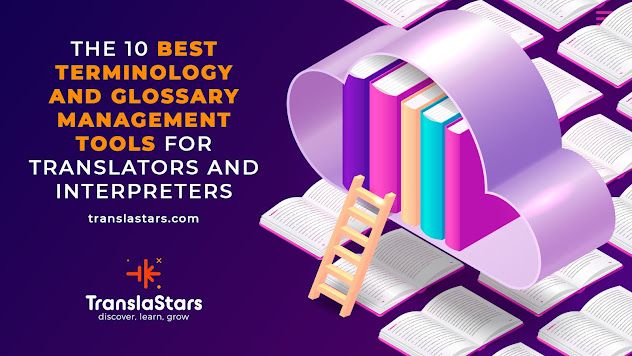5 free CAT tools you need to have
Being a translator is a journey of constant learning and actualization. Technology has become a huge part of the job, and knowing how to use the right tools to your advantage will undoubtedly make a difference in your productivity levels and the quality of your work.
An example of how technology helps translators is the existence of Computer-Assisted Translation software (not to be confused with Machine Translation). So if you want to learn about what cat tools are, and know the best free CAT tools for beginners, this article is for you!
Table of contents
1. What are CAT Tools?
2. What else can CAT Tools do?
3. Free and beginner-friendly CAT tools
1. What are CAT tools?
Computer-assisted translation (CAT) tools are, as their name suggests, computer applications aimed at facilitating the work of translators. They have proven to save time for translators, and obtain more accuracy, efficiency, and control over their projects at hand.
CAT tools such as Trados Studio, MemoQ, and other alternatives divide the text to be translated into small, easily manageable fragments, which are included in the translation memories. This allows, among other things, to considerably increase productivity by being able to compare new fragments with others already converted, stored automatically in the translation memories. Thanks to them, translators can avoid starting each translation from scratch.
Pro tip: Take your translation productivity to the next level!
Do you speak Italian or Spanish? Then have a look at:
- SDL Trados Studio (Livello Base)
- SDL Trados Studio - Nivel Inicial
- SDL Trados Studio - Nivel Intermedio
2. What else do CAT tools do?
In addition to translation memories, computer-assisted translation tools generate terminology databases that are essential for specialized translations. These databases collect specific terms (both from the source text and their translation in the target text), as well as information on the definition and use in specific contexts. Thanks to these glossaries we will be able to maintain consistency of style and content, not only throughout the text but also with respect to previous assignments, which is essential when translators face large projects.
This is just a really surface-level explanation of course. CAT tools can be divided into multiple categories depending on their purpose. Sometimes these applications also stand alone, without being part of any system, or they can be incorporated into other tools, such as a word processor.
Among the different types of CAT tools we find:
Terminology managers
Translation memory managers
Parallel text aligners
Translation project managers
Localization tools (they are usually systems that contain, in turn, several tools)
3. Free and beginner-friendly CAT Tools
OmegaT
OmegaT is a free translation memory application that works on Windows, macOS, and Linux. It is a tool designed for professional translators.
Smartcat
The automated translation platform that uses AI, linguists, and workflows to transform localization.
CafeTran Espresso
CafeTran Espresso is packed with features. Productivity enhancements such as MT integration, smart autocompletion, and one-click placement of suggested texts, along with the highly customizable interface, make this a CAT tool unlike any other.
Use it on your Mac, Windows/PC, or even Linux-based computer.
Matecat
Eliminate CAT tools licensing costs, Never say no to your customers. Translate more words per hour. Simplify project management of rush and urgent projects. Get free and fast answers to your technical questions.
Across
Translation memory technology for reuse of translations. Faster availability for international markets. Centralized control of individual workflows. Data storage and management in a central database. Seamless connection of the entire supply chain.
Clever integration of third-party systems, including product information management (PIM) systems and machine translation.
Although there are still people with the idea that good translators avoid using computer-assisted translation tools, they are few. CAT tools have been almost unanimously accepted as part of the profession and not taking advantage of their many gadgets would be a waste.
However, it is also dangerous to go to the opposite extreme: although CAT tools are a fundamental resource for our work, we should not use them as a magic solution applicable to any assignment, regardless of the source, layout, or content.
CAT tools are just that, tools. You must use them while maintaining the use of best practices and common sense. Although they can be a fundamental resource in specialized translation or legal translation where the repetition of technical terms and certain grammatical constructions are common, in other types of translations where the creative load is greater, such as literary translation, transcreation, or certain types of audiovisual translation. These tools can even be a hindrance with some less literal translations that require higher levels of interpretation.
Pro tip: Welcome to the cloud-based revolution!
Cloud-based CAT tools are:
- Always updated
- Cross-platform compatible
- Easily accessible
- Low-cost options for many translators!
Join Joshua Velásquez's webinar to learn how to use them!

.jpg)






.jpg)



Comments
Post a Comment